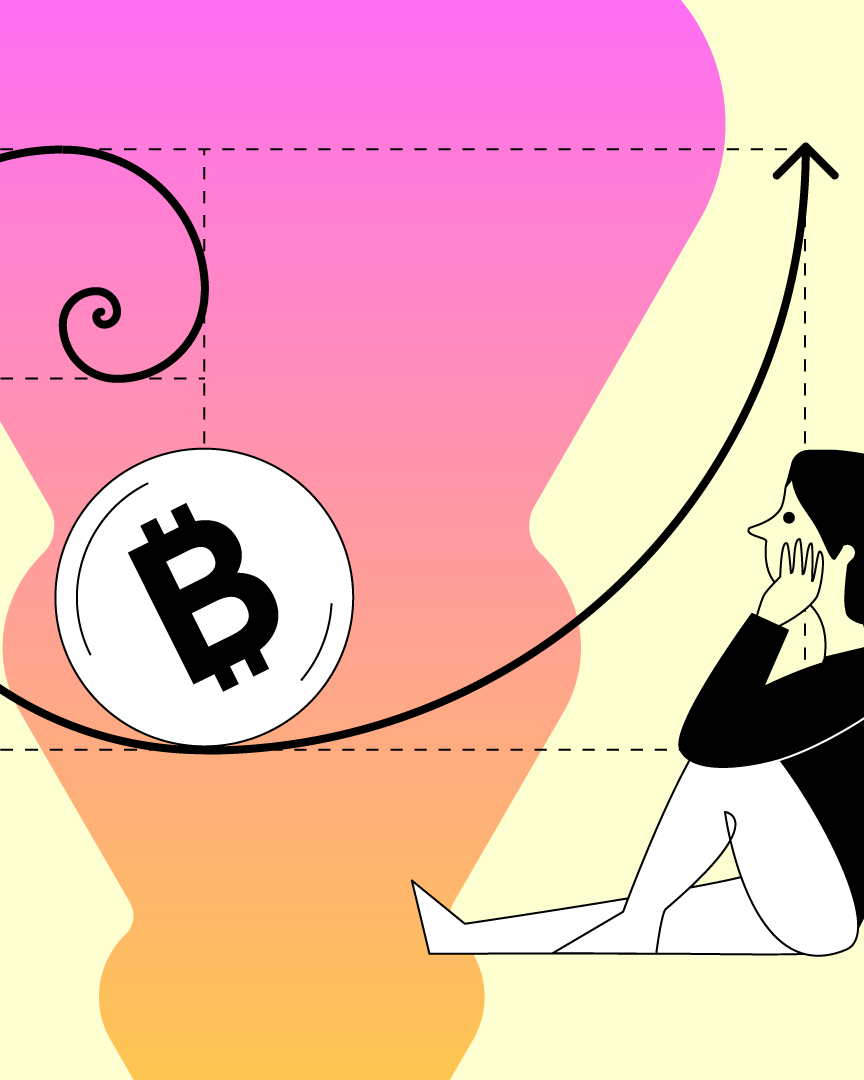2.11 What is arbitrage trading?
This lesson explains what arbitrage is, its types, and the benefits of arbitrage trading.

Arbitrage trading, a common strategy in trading assets, almost offers assured profit returns. While it sounds exciting, it is a little more complicated than that.
Crypto and stock markets are inefficient by nature. This is due to the varying degrees of information access among traders, different trading strategies and tools, transaction fees, human psychology, etc. These factors lead to the price differences of the same asset on different trading platforms. Arbitrage trading thus exists as a consequence of these inefficiencies.
This lesson explains what arbitrage is, its types, and the benefits of arbitrage trading.
Contents
- What is arbitrage?
- Types of arbitrage
- Benefits of arbitrage
What is arbitrage?
Arbitrage refers to the simultaneous buying and selling of the same cryptocurrency asset in different exchanges to benefit from price disparities between the markets.
In essence, you are trading in a similar asset, only on different platforms. Arbitrage trading opportunities would be non-existent if the markets were perfectly efficient since each digital asset would have a similar price across all trading platforms.
As arbitrage trading comes close to assured profits since a trader can see the price difference between two platforms, there exists fierce competition. This is why the profit margins are quite small. Moreover, factors like volume and liquidity on platforms also play a vital role in accessing arbitrage opportunities.
In most cases, this trading strategy is conducted by large financial institutions with huge liquidity rather than the individual trader as trading fees further cut down profit margins. Typically, high-frequency bots or automated tools are used to access arbitrage.
Types of arbitrage
There are two main types of arbitrage opportunities accessed by traders.
Spatial/pure arbitrage
A spatial arbitrage (deterministic arbitrage) is the practice of capitalizing on the small price disparities of similar crypto-assets across different exchanges. Once you spot arbitrage opportunities on different exchanges, you buy the digital asset at a lower price on the first exchange and sell it on the second platform at a higher price. However, you have to ensure that the profit margin is worth the risk. Otherwise, you experience a loss if the exchanges’ prices fluctuate or adjust to the market. Moreover, consider the processing time, deposit and withdrawal fees, and technical problems that may burst your profit bubbles.
Triangular arbitrage
Triangular arbitrage takes place on the same exchange; hence there are no transfer fees. It involves comparing the difference between three cryptocurrencies and making profits from the difference.
Say, the three cryptocurrencies are ETH, XRP, and BTC. In triangular arbitrage, you convert ETH for XRP, XRP to BTC, and trade BTC back to ETH on a singular platform. This forms a triangular loop where a trader makes profits by exchanging trade pairs. In our example, you have more ETH than your invested amount. This only works when one asset is underpriced on that platform.
Benefits of arbitrage trading
Arbitrage trading prevents different exchanges from creating significant price discrepancies among the same asset. It achieves this by drawing attention to the disparities between prices in different exchanges. The exchanges, in return, adjust the price of the asset, causing a price convergence. The convergence speed can be used as a measurement of overall market efficiency. Therefore, arbitrageurs help to resolve the inefficiencies in the pricing while providing liquidity. Another benefit of arbitraging is that you gain short-term profits with minimal market risks.
In conclusion, arbitrage trading stands out for the low market risks brought by volatility when correctly performed. In our next lesson, we look at different ways to create passive income with digital assets.
ES
This material does not constitute investment advice, nor is it an offer or solicitation to purchase any cryptocurrency assets.
This material is for general informational and educational purposes only and, to that extent, makes no warranty as to, nor should it be construed as such, regarding the reliability, accuracy, completeness or correctness of the materials or opinions contained herein.
Certain statements in this educational material may relate to future expectations that are based on our current views and assumptions and involve uncertainties that could cause actual results, performance or events to differ from those statements.
BB Trade Estonia OU and its representatives and those working directly or indirectly with BB Trade Estonia OU do not accept any liability arising from this article.
Please note that investing in cryptocurrency assets carries risks in addition to the opportunities described above.


















